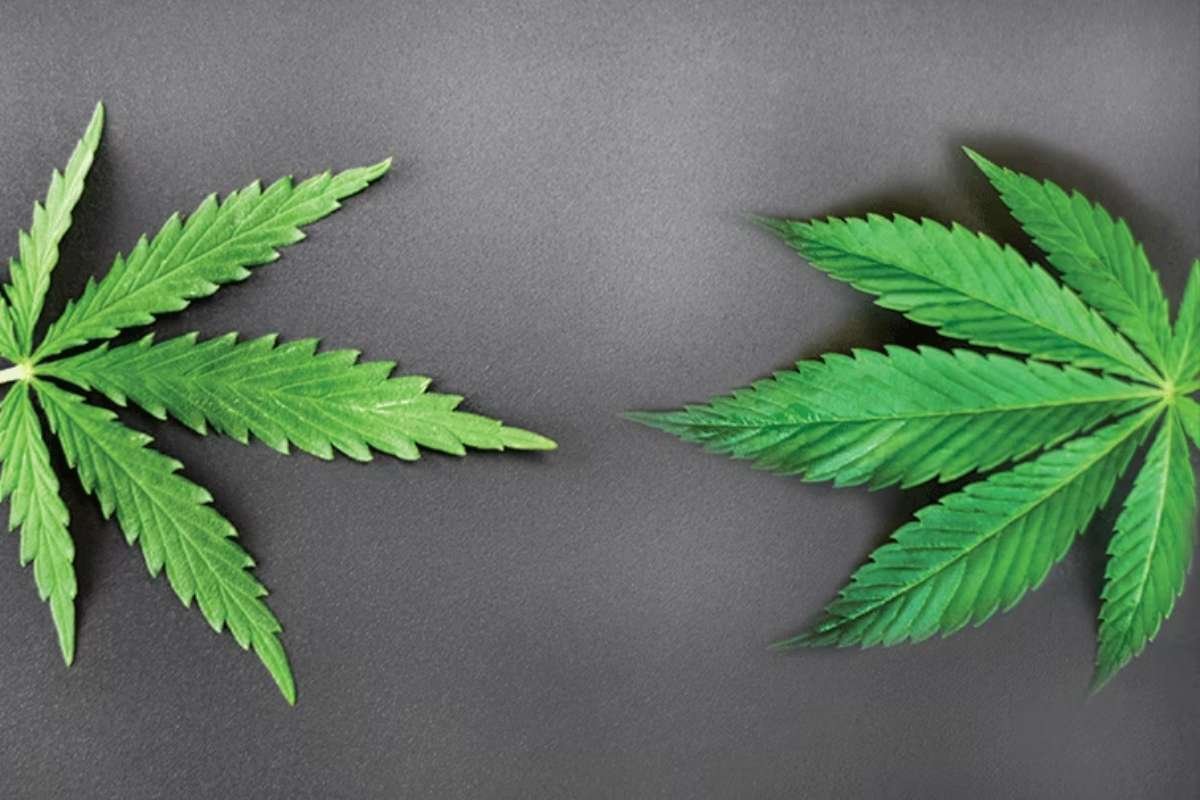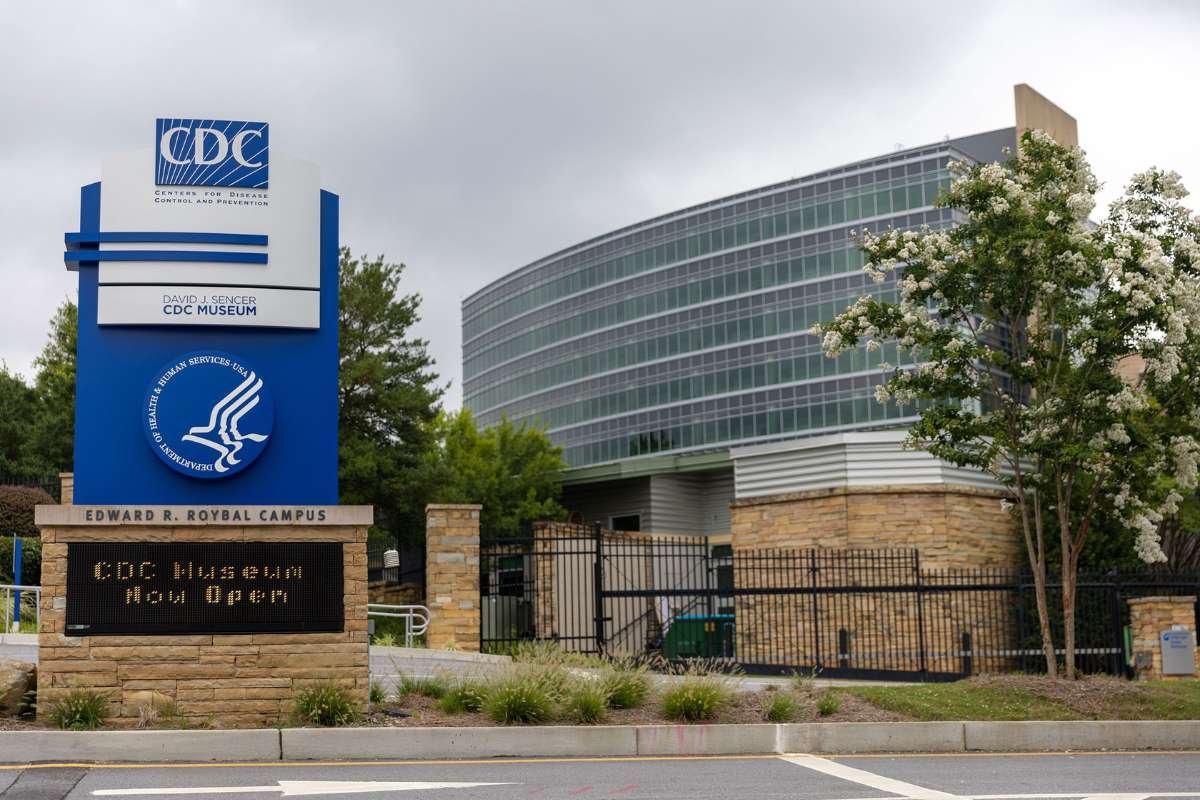Wastewater tracking shows that covid-19 instances underreported in canada. A recent study evaluated the relationships between the coronavirus disease 2019 (COVID-19) cases and related hospitalizations and the severe acute respiratory syndrome coronavirus 2 (SARS-CoV-2) load in untreated wastewater.
Wastewater Tracking Benefits
Early COVID-19 research suggested that monitoring SARS-CoV-2 in wastewater could be useful for determining illness prevalence. Since then, numerous studies have shown the viability of wastewater tracking, which can be especially important when polymerase chain reaction (PCR) testing eligibility changes or when healthcare facilities are experiencing overloaded testing capacity.
The Peel Regional Municipality in Ontario, Canada, had one of the highest COVID-19 incidence rates in the entire province by July 2022. Clinical SARS-CoV-2 testing in Ontario was limited to at-risk populations starting on December 30, 2021, as a result of the spike in COVID-19 cases following the appearance of the SARS-CoV-2 Omicron strain. As a result, wastewater tracking has emerged as a crucial technique for tracking community COVID-19 levels.
Concerning the study
Three to five times each week, samples of untreated wastewater were taken at Peel’s two G.E. Booth and Clarkson wastewater treatment facilities. The collection of composite wastewater samples came before grit removal and screening.
After that, RNA from the viral infection was isolated and purified in preparation for reverse transcription PCR (RT-PCR) analysis. Patients who were Peel permanent residents at the time of their diagnosis between August 30, 2020, and June 18, 2022 were the only ones whose COVID-19 case data could be extracted. Additionally, during the study period, the province Health Ministry’s daily bed census was used to generate aggregate data on COVID-19 hospitalisation.
Wastewater Tracking: Covid-19 can lead to detecting other infectious diseases
Data were categorised according to each subsequent COVID-19 wave. Using a lag of zero to five days between the dates of sample and reported COVID-19 cases, Pearson correlation coefficients were computed to determine the relationships between wastewater SARS-CoV-2 loads and COVID-19 cases. Daily virus loads at the two facilities were combined since COVID-19-related hospitalisations were widespread among Peel hospitals and not particular to sewage sheds.
Between one and 14 days after sampling and hospitalisation dates, correlation coefficients between total viral loads and hospitalisations were calculated. For each epidemic wave, the researchers calculated the median ratio between daily wastewater discharges and COVID-19 cases. Using pre-Omicron information on wastewater SARS-CoV-2 loads and known cases, simple linear regression modelling was performed to forecast COVID-19 incidence during the Omicron wave(s).
Clinical research understates SARS-CoV-2 local transmission
The median daily load of SARS-CoV-2 in wastewater from G.E. Booth was double that of Clarkson during the second, third, and fourth COVID-19 waves. When comparing the second and third COVID-19 waves, the average weekly PCR test count and test positive were comparable. During the Delta variant-predominant fourth wave, there were fewer COVID-19 cases and hospitalisations, and clinical PCR testing and test positive were low.
The number of COVID-19 cases during the fifth wave, which was dominated by the Omicron BA.1 subtype, did not match the amount of SARS-CoV-2 found in wastewater tracking samples. In fact, compared to waves before it, the daily median viral load in wastewater was significantly higher during the sixth wave that was dominated by Omicron BA.2.
The highest correlations between reported cases and wastewater SARS-CoV-2 contents occurred on the day of the sample. These correlations pre-Omicron were strongest on the day of sampling at G.E. Booth and the day following sampling at Clarkson. During the third wave that was Alpha-dominant, the association was highest. The third and fifth waves saw the greatest associations between COVID-19 hospitalizations and overall virus loads. During the Delta wave, weak relationships were observed.
Hospitalizations and virus loads in wastewater were most closely correlated four days after sampling. For the second, third, and fourth COVID-19 waves, there was no statistically significant difference in the median wastewater viral load-to-case ratios. These ratios were, nevertheless, noticeably greater during the fifth and sixth waves.
In contrast to the reported 1,160 cases, the linear regression model predicted 7,515 cases at the height of wastewater viral load during the fifth wave. The model also projected 3,170 cases at the height of wastewater virus load in the sixth wave, which was more than 18 times more than what was actually observed.
Conclusions
The provincial government of Ontario changed the criteria for clinical PCR testing well into the COVID-19 epidemic. As a result, Peel saw a decrease in the number of PCR tests while seeing an increase in the percent positivity and the viral load-to-case ratio.
The results of the study indicate that the number of COVID-19 cases was underestimated by 6.5 and 18.7 times, respectively, at the height of the fifth and sixth COVID-19 waves. As a result, wastewater tracking data can be useful for local decision-making and COVID-19 surveillance.







